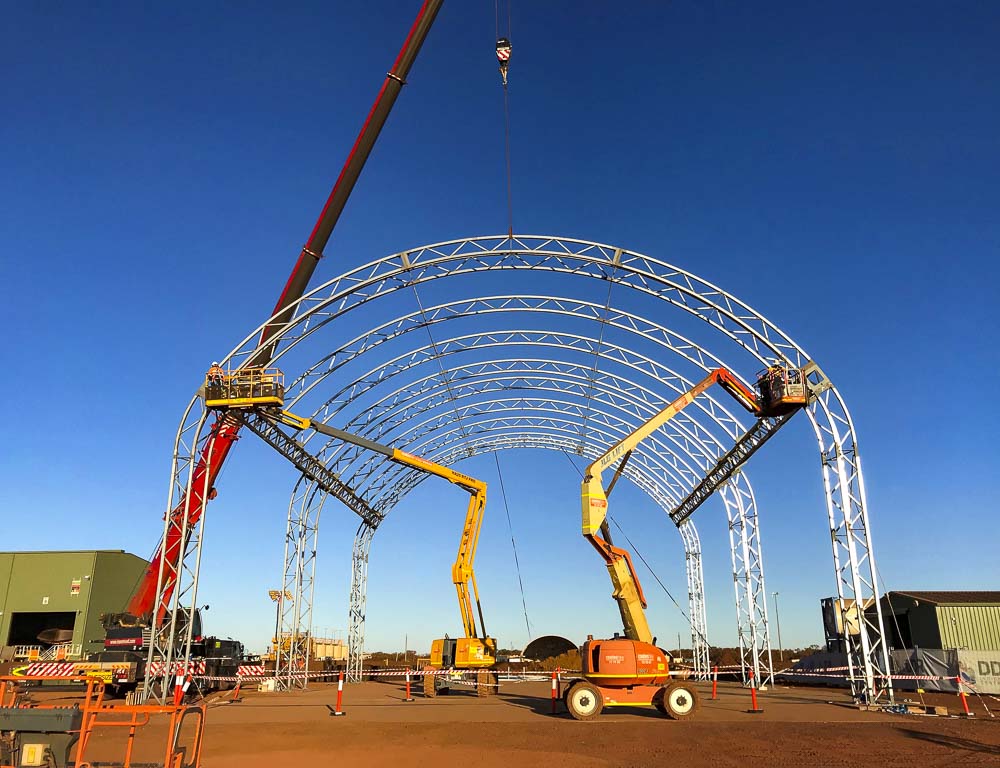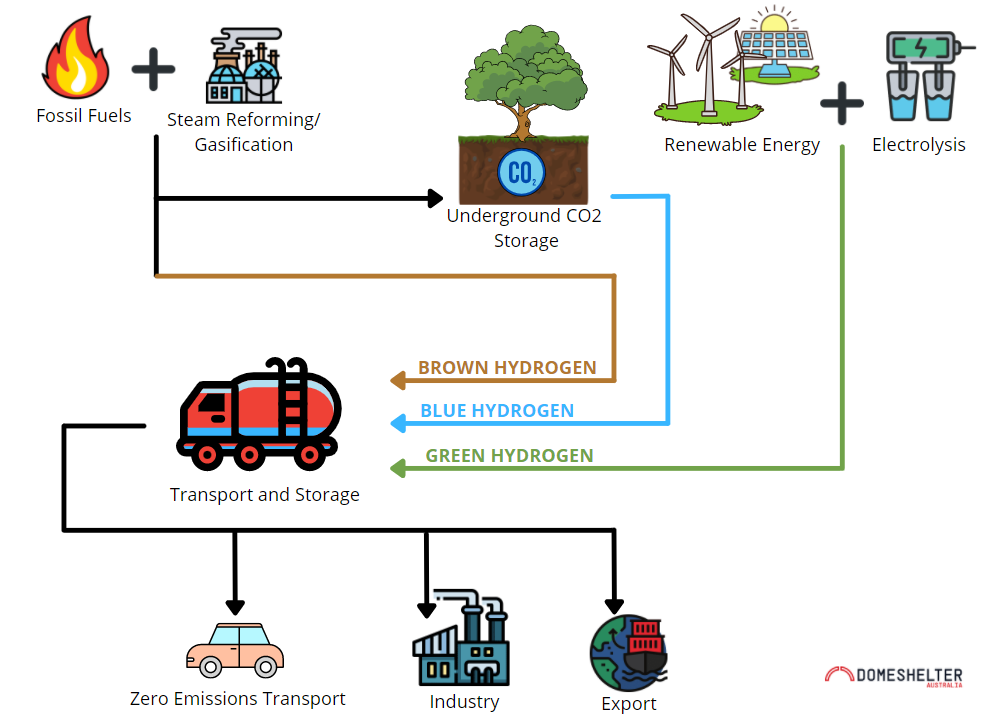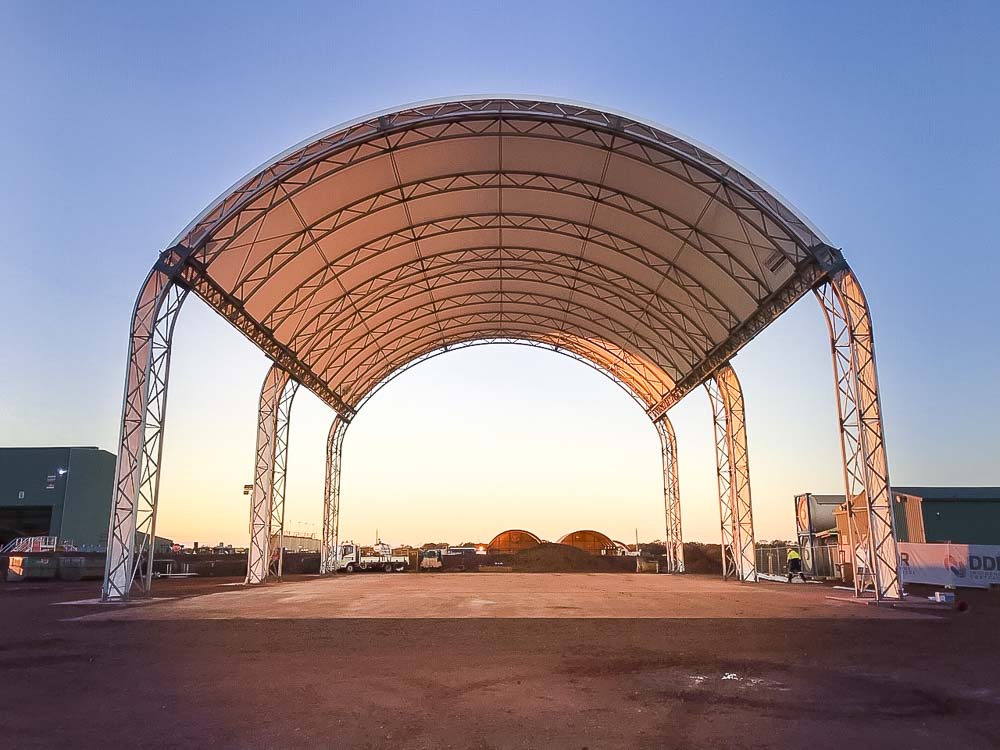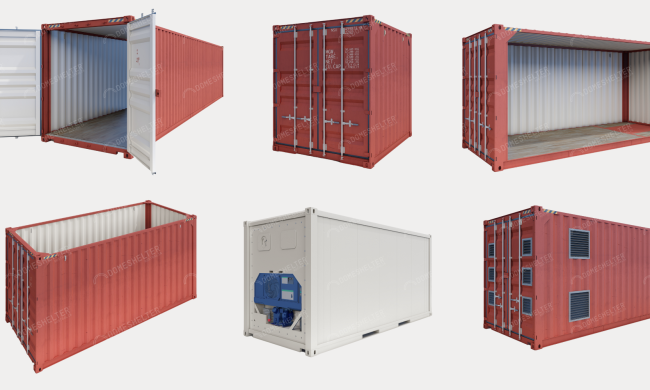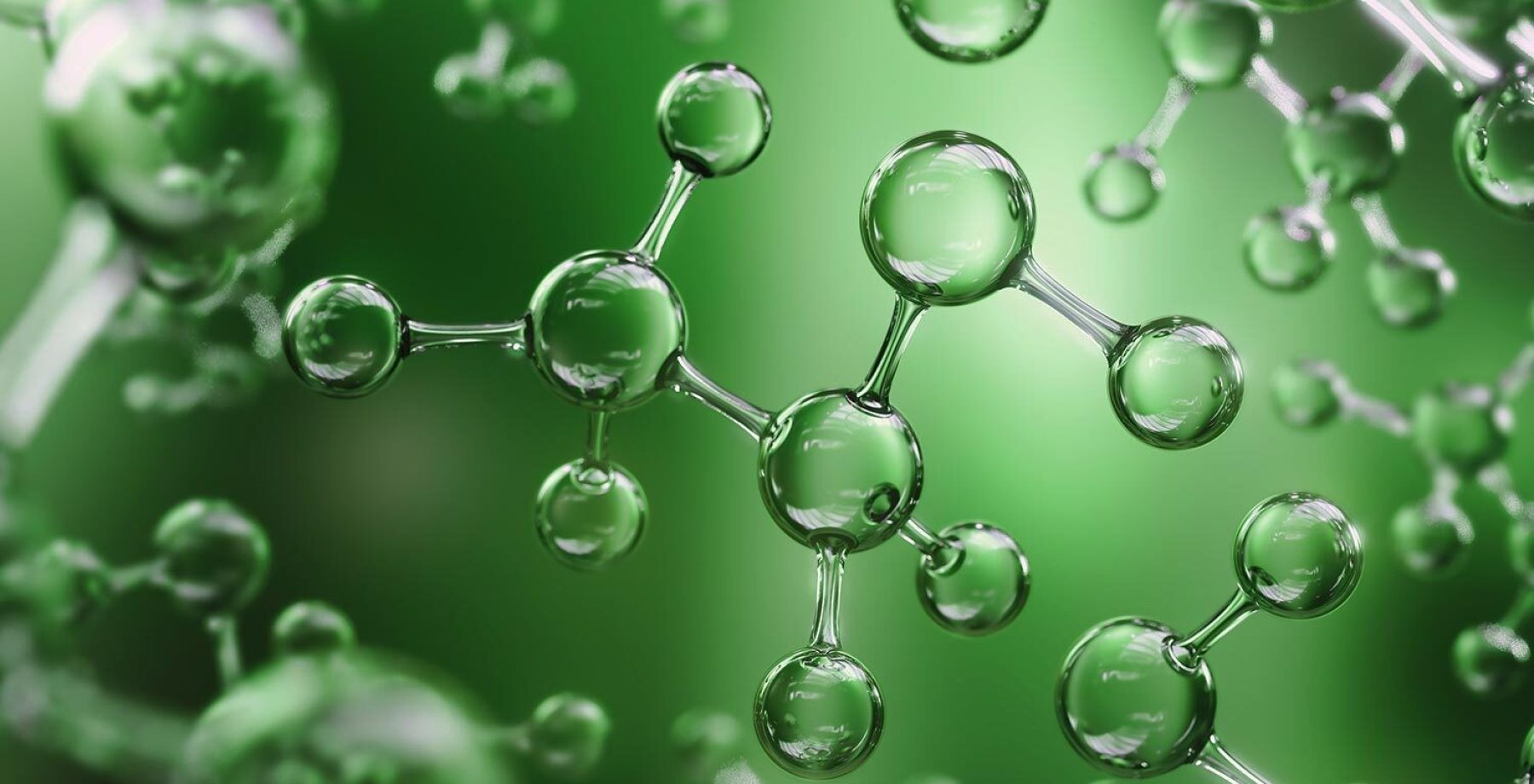
More and more in recent years, conversations about global warming and sustainable development involve talks about so-called ‘Green Hydrogen’. It’s still a relatively new prospect for Australia and the world, so what exactly is Green Hydrogen, and what does it mean for the chance at a more sustainable future?
Hydrogen, one of the most abundant elements on Earth, is considered a leading energy source for a greener future. As technologies advance and possibilities improve, it has gradually moved to the forefront of the green energy conversation here in Australia, where it offers fantastic opportunities for domestic use and export.
Fortescue Metals Group (FMG) Chairman Andrew Forrest is leading the pack and is committed to the manufacture and use of Green Hydrogen as a fuel source. Through Fortescue Future Industries, founded in 2018, he hopes to light the way for the use of Green Hydrogen in place of fossil fuels and lead the heavy industry battle against global warming.
DomeShelter Australia have worked with FMG for several years and wholeheartedly support this journey of environmental change. We are committed to growing our relationship with the Environmental Sector to help secure a greener future for Australia and the rest of the world.
What is Green Hydrogen?
Though hydrogen is hugely abundant, it doesn’t appear in nature in a pure form. It’s most commonly extracted from water, which is made up of hydrogen and oxygen atoms (H2O).
Traditionally hydrogen is produced through gasification or gas reforming. This process burns fossil fuels, such as coal, producing enormous amounts of pollution as a result. When produced this way, it is known as ‘brown hydrogen’.
Another process also burns fossil fuels to produce hydrogen, but instead of releasing the fumes into the atmosphere they are captured and stored underground; this produces what is known as ‘blue hydrogen’.
Lastly, Green Hydrogen is produced through a process called electrolysis, where an electrical current is passed through a tank of water to split the H2O molecules. By using electricity generated through renewable sources, such as solar of wind farms, the process can be achieved with zero greenhouse gas emissions.
The Future of Australian Fuel
A 2020 report from the Australian National University explained that as the cost of renewable electricity continues to fall, so will the cost of Green Hydrogen manufacture. Eventually, this will make it cost-competitive with traditional fossil fuels.
Furthermore, Green Hydrogen is a reliable and powerful fuel source that appeals to companies and consumers who are aiming for the net-zero emissions benchmark.
Australia is in a leading position to produce and export Green Hydrogen, with the country’s weather conditions perfect for generating renewable energy such as solar and wind.
Hydrogen can be burnt to produce heat or fed into a fuel cell to make electricity. It then has virtually limitless uses as a replacement for greenhouse gas-emitting fuel sources. Its potential uses include:
- Hydrogen-powered electric cars and trucks
- “Green steel” refineries that burn hydrogen instead of coal
- Hydrogen electricity turbines to feed into the grid
- Hydrogen as a natural gas replacement for cooking and heating in homes
Fortescue Future Industries’ Green Hydrogen Promise
Fortescue’s Andrew Forrest believes Australia has the potential to become a “global green hydrogen superpower”, creating “hundreds of thousands of jobs”, and that in the face of the current climate emergency, green hydrogen has unmatched potential and must be given sincere and unmitigated support.
In 2018 he founded Fortescue Future Industries (FFI), with the goal of producing zero-emission Green Hydrogen from renewable energy sources and developing technologies to help eradicate the need for pollution-creating fossil fuels. FFI’s vision according to their website is “to make renewable green hydrogen the most globally traded… energy commodity in the world”.
A value-based company, FFI is dedicated to this mission of environmental change, and through them Forrest is working to decarbonise Fortescue Metals Group (FMG) with hydrogen-powered ships, trucks, trains and processing facilities. The goal for FMG to achieve complete carbon neutrality by 2030 makes them a global leader in tackling climate change.
DomeShelter Australia’s Commitment to a Sustainable Future
DomeShelter Australia has long worked with Fortescue to provide efficient, fit-for-purpose Fabric Shelter solutions for mine sites and other developments across Australia.
Late 2021, we were contracted to manufacture a 30m Wide x 37m Long Truss Shelter, to be located at FMG’s Christmas Creek Mine Site Hydrogen Facility.
DomeShelter™ Fabric Shelters have minimal environmental footprint. Built using recyclable metal frames, they can be transported, repackaged and repurposed over and over, giving them a prolonged lifespan. Their portability also means they have a significantly lower impact than traditional structures that permanently alter the landscape.
If you would like more information about how DomeShelter Australia can meet your environmental needs, or are after a quote, call our sales team on 1300 193 188 or visit Request a Quote to submit an enquiry today.




